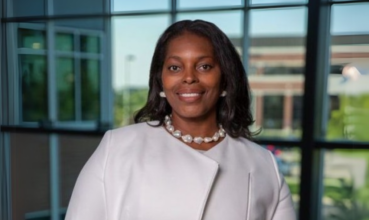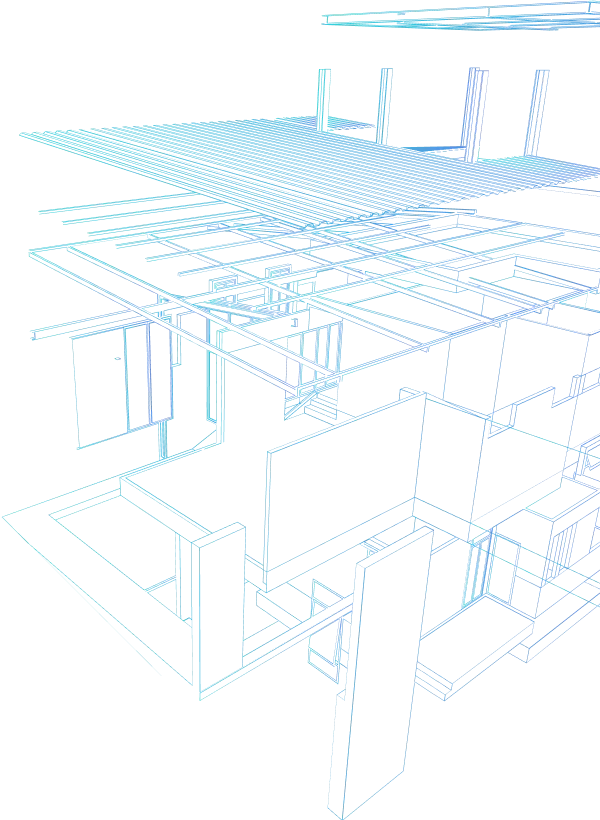“In commercial real estate development, having cash tied up in earnest money deposits can be the difference between seizing a prime opportunity and watching it slip away,” says A...
Fire and Finance: Insurance Costs Reshape LA's Luxury Real Estate Market




The palm-lined streets of Bel Air, Pacific Palisades, and other prestigious neighborhoods north of Sunset Boulevard have long represented the pinnacle of California luxury living. But a combination of climate change, devastating wildfires, and insurance industry upheaval is significantly altering the economics of high-end real estate in these coveted areas.
“When you’re buying a house for six million dollars, but your fire insurance is $130,000, it’s a hard pill to swallow,” says Max Shapiro, Partner at WEA Homes, capturing the stark reality facing Los Angeles’ luxury real estate market.
The financial equation of luxury home ownership in Los Angeles has shifted dramatically. Insurance costs that were once a minor consideration in the overall cost of ownership have ballooned into significant financial burdens that directly influence buying decisions and property values. “Insurance costs are substantial if you live north of Sunset, which is a very high fire zone,” Shapiro explains. Industry data shows insurance for an $8-10 million home north of Sunset now ranges from $50,000 to $70,000 annually, with premiums increasing by approximately 60% in recent years.
These costs are reshaping buyer behavior in real-time. “My client is requesting a price reduction to cover the increased insurance amount,” Shapiro reveals, illustrating how insurance expenses now directly impact property negotiations and valuations.
The FAIR Plan Safety Net—and Its Gaps
As major insurers like State Farm announce non-renewals of 72,000 policies in California and others secure substantial rate increases—Allstate received a 34% increase last year—many homeowners are being forced into California’s FAIR Plan, the state’s insurer of last resort. However, this safety net comes with significant limitations. “California FAIR Plan only covers three million dollars, that’s where they cap out,” Shapiro points out. This coverage ceiling creates a critical gap for luxury properties valued well above this threshold.
The FAIR Plan’s policies have grown substantially, with Pacific Palisades having a particularly high concentration of policyholders and an estimated exposure of $5.89 billion. Recent fires in Los Angeles County may result in $50 billion or more in losses, further straining an already stressed system. This financial burden is creating ripple effects throughout the luxury property ecosystem, particularly in the investment market where profit margins have historically made Los Angeles real estate an attractive asset class.
Investment Calculations Up in Flames
The impact on investment properties demonstrates just how dramatically the calculus has changed. “I had a client before the fires look at a house in Bel Air where the insurance would have been more than $200,000 a year,” Shapiro recounts. “They were going to buy it as an income property and realized they would need to charge an extraordinary amount in rent just to break even because they would be spending $240,000 on insurance.”
The outcome was decisive: “They backed out. This was a house they were ready to buy, but they withdrew because there was no chance of making money given the insurance costs.” This scenario is playing out across the luxury market, fundamentally altering investment calculations that have driven the market for decades.
A Market for the Exceptionally Wealthy
The financial barriers to entry in Los Angeles’ most desirable neighborhoods are reaching unprecedented heights. “You have to be exceptionally wealthy to just exist now,” Shapiro observes, pointing to a market increasingly accessible only to the ultra-wealthy who can absorb six-figure insurance premiums without significantly impacting their lifestyle or investment returns.
This trend aligns with broader data showing California home insurance rates are expected to rise over 20% this year, more than double the national average. A survey found that 56% of real estate professionals believe high premiums will drive people from risk-prone areas, potentially reshaping the demographic makeup of these exclusive communities.
Resilience, Risk, and Reinvention
The market is responding with various adaptation strategies. Insurers are encouraging fire-resistant building elements in new constructions and remodels, creating incentives for more resilient housing stock. Homeowners are increasingly using non-standard markets alongside the FAIR Plan and securing portfolios of policies with single insurers to maximize coverage while managing costs.
For developers, the situation presents both challenges and opportunities. “Developers with adequate resources and time recognize they can acquire lots at a discount,” Shapiro notes, “but they need substantial resources and patience because this process will be lengthy.” These developers face a complex landscape where insurance considerations must be integrated into design and construction decisions from the earliest stages. “Materials, contractors, all these elements will cost more and take longer. Everything remains quite uncertain,” Shapiro adds.
As climate change continues to increase wildfire risks in Southern California, insurance costs and real estate values will likely remain a defining feature of the luxury market. Properties with demonstrable fire resilience features may command premium values, while those with higher risk profiles may see values adjust to reflect insurance realities.
For buyers, sellers, and industry professionals, understanding and navigating these insurance challenges has become as essential as traditional considerations like location, views, and amenities. The market is adapting to a reality where the true cost of ownership extends well beyond the purchase price.
“It’s a fundamental shift in how we value and sell luxury properties,” Shapiro concludes. “The dream of owning a home in the hills of Los Angeles persists, but the financial equation has changed dramatically.”
Despite these challenges, the market is proving resilient and adaptive. Forward-thinking developers are incorporating innovative fire-resistant technologies, creating homes that not only meet but exceed safety standards. Buyers are becoming more sophisticated about risk assessment, and brokers are evolving their services to include comprehensive insurance planning.
The Los Angeles luxury market, known for its ability to reinvent itself, is once again demonstrating its capacity for transformation, turning challenges into opportunities for creating safer, more sustainable communities in the hills above Sunset Boulevard.
Similar Articles
Explore similar articles from Our Team of Experts.
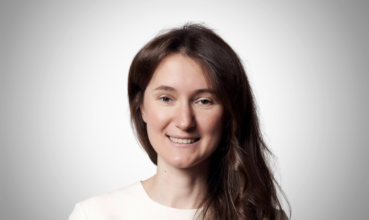

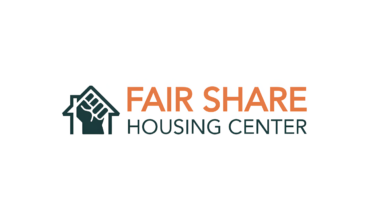

Twenty-five thousand new affordable housing units since 2015 tell the story of New Jersey’s success in tackling one of real estate’s most pressing challenges. The state’s M...
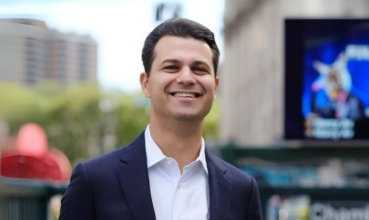

“Housing is a day-to-day problem and an existential threat to the ability of so many residents to stay in the community they love,” says Jess Coleman, a City Council candidate fo...
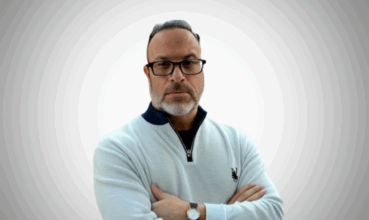

“In every aspect of our business, we approach innovation with the understanding that traditional methods aren’t necessarily optimal. We avoid repeating ineffective practices simp...


With over 50% of outstanding mortgages below 3.5%, the traditional resale market has stalled. In this challenging environment, Jome CEO Dan Hnatkovskyy has identified and capitalized on a cr...


